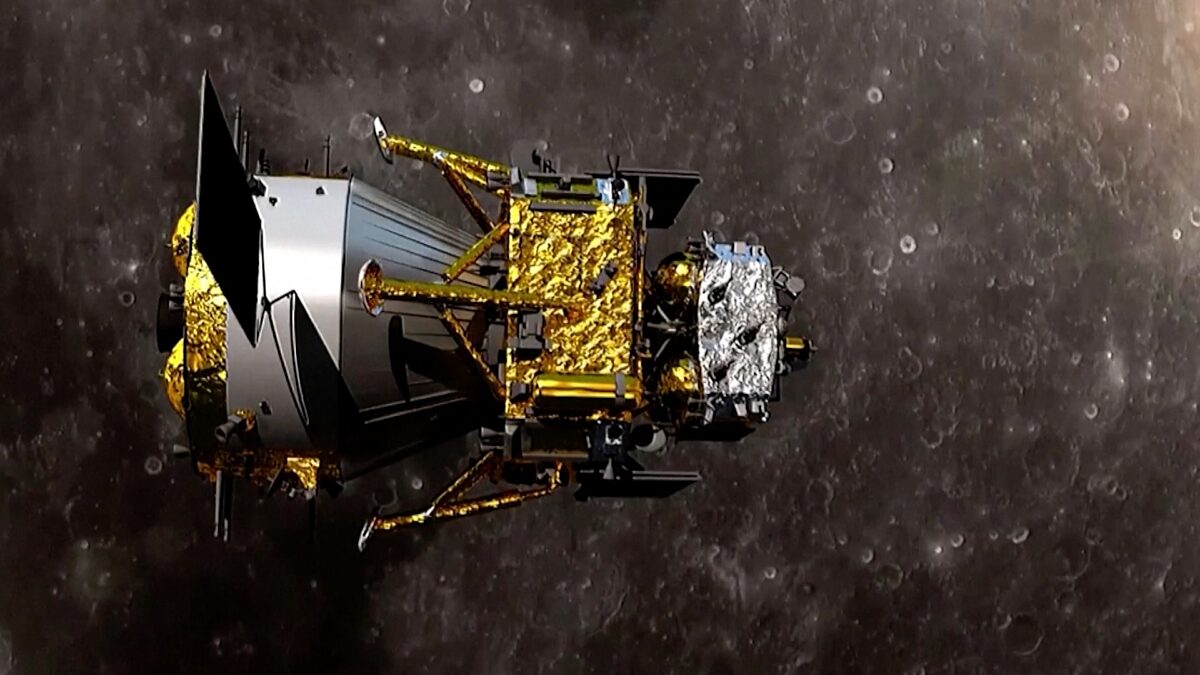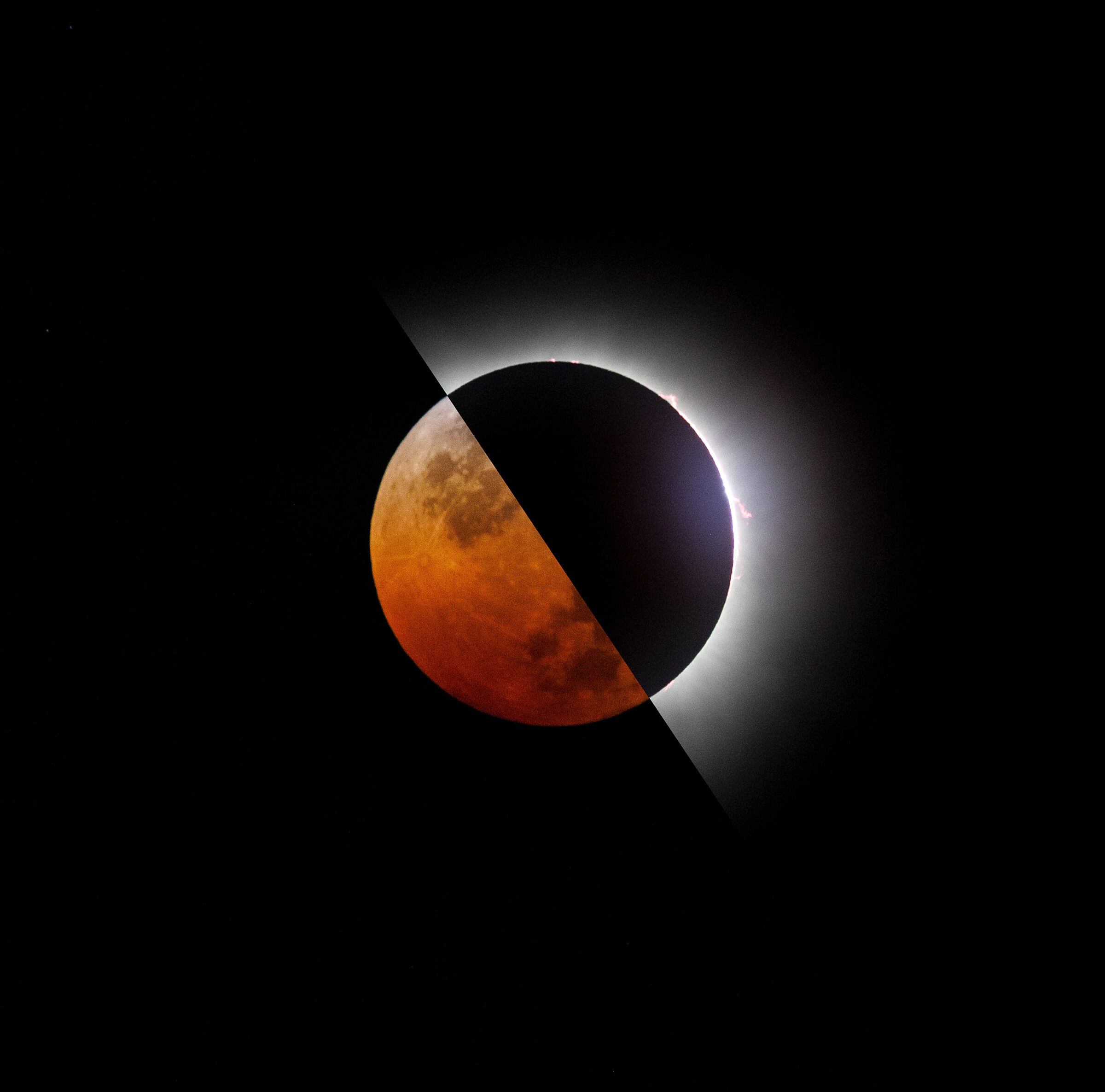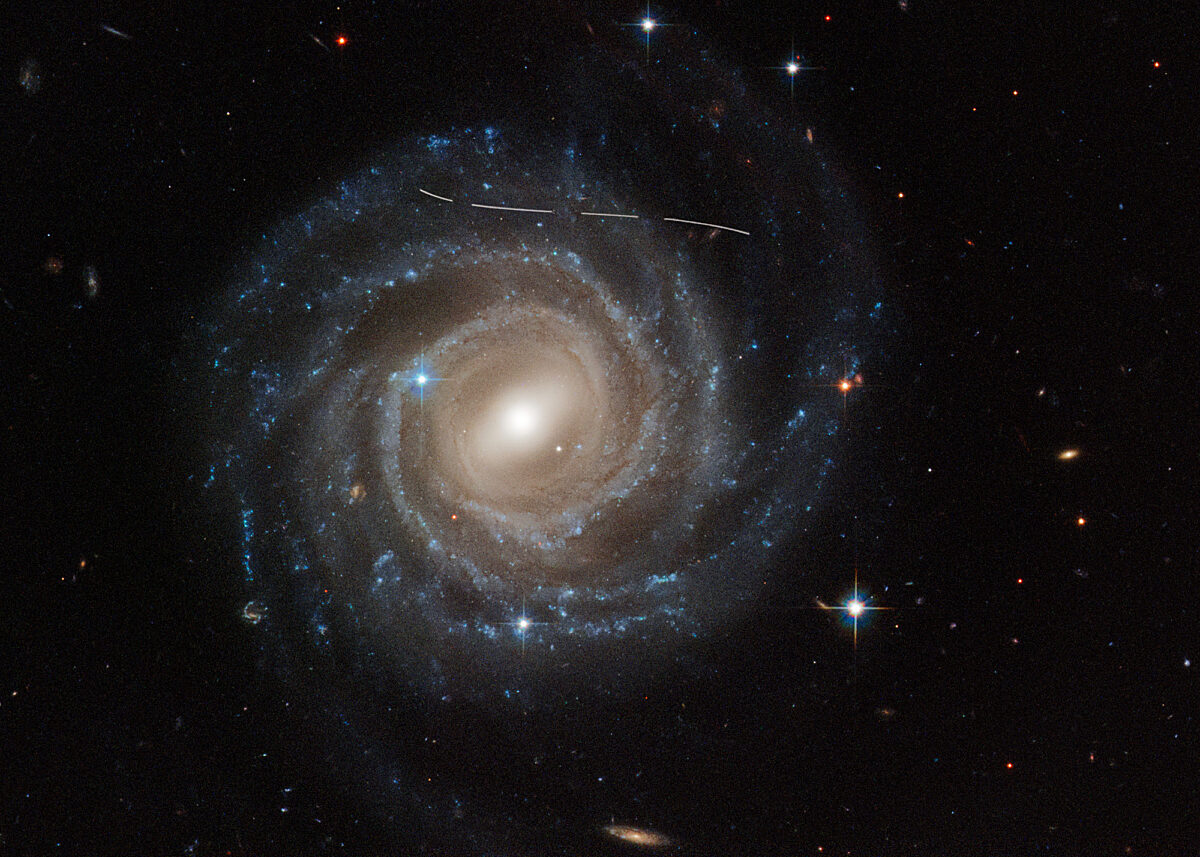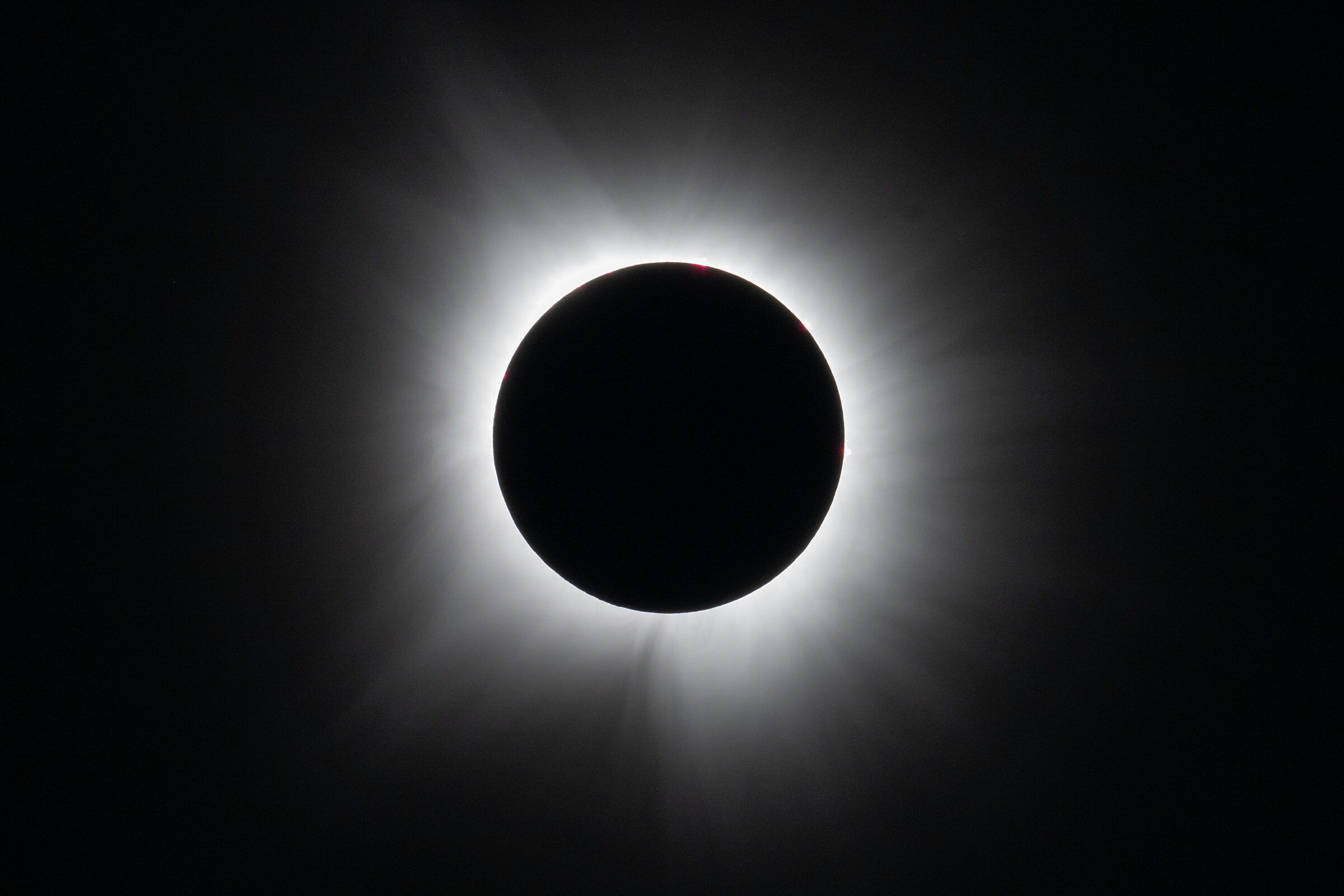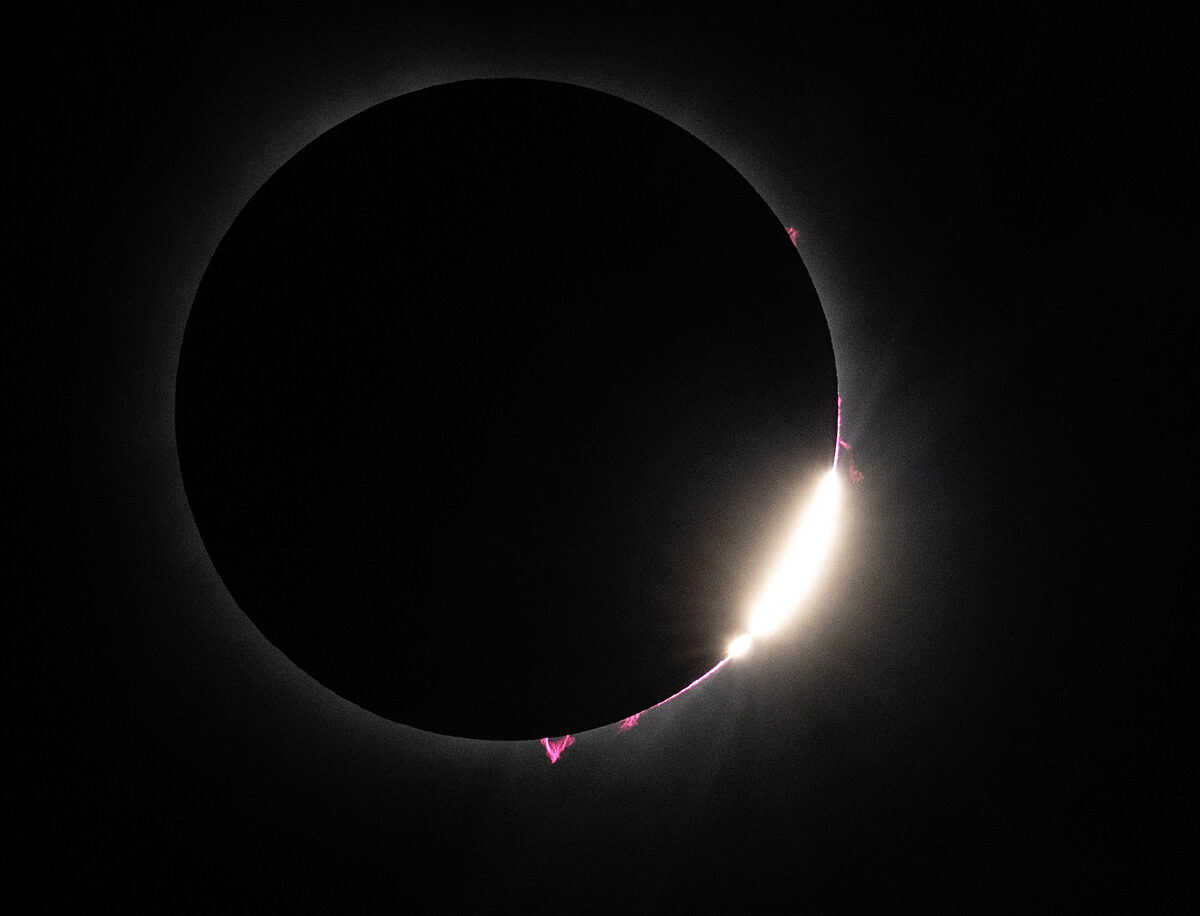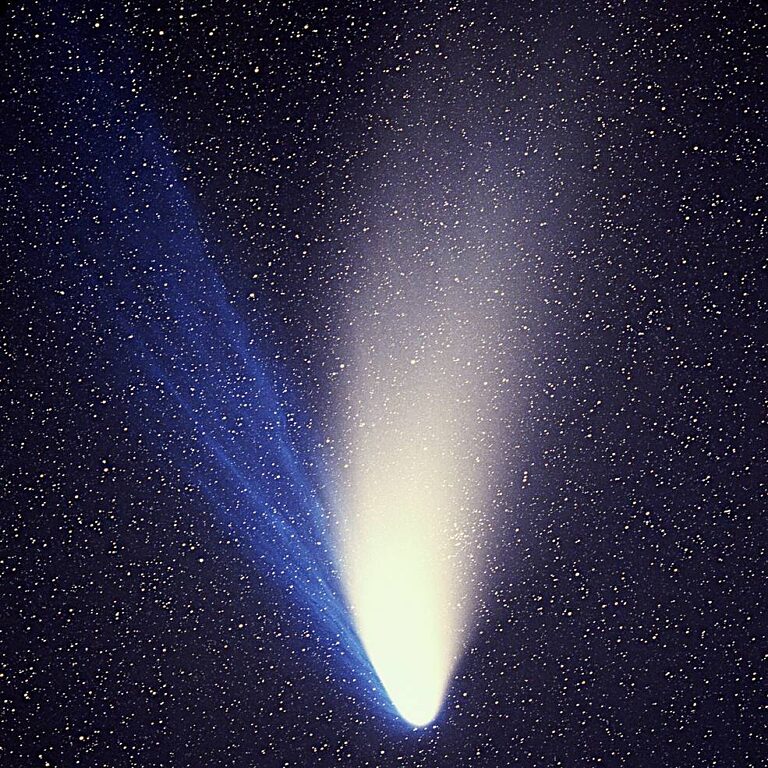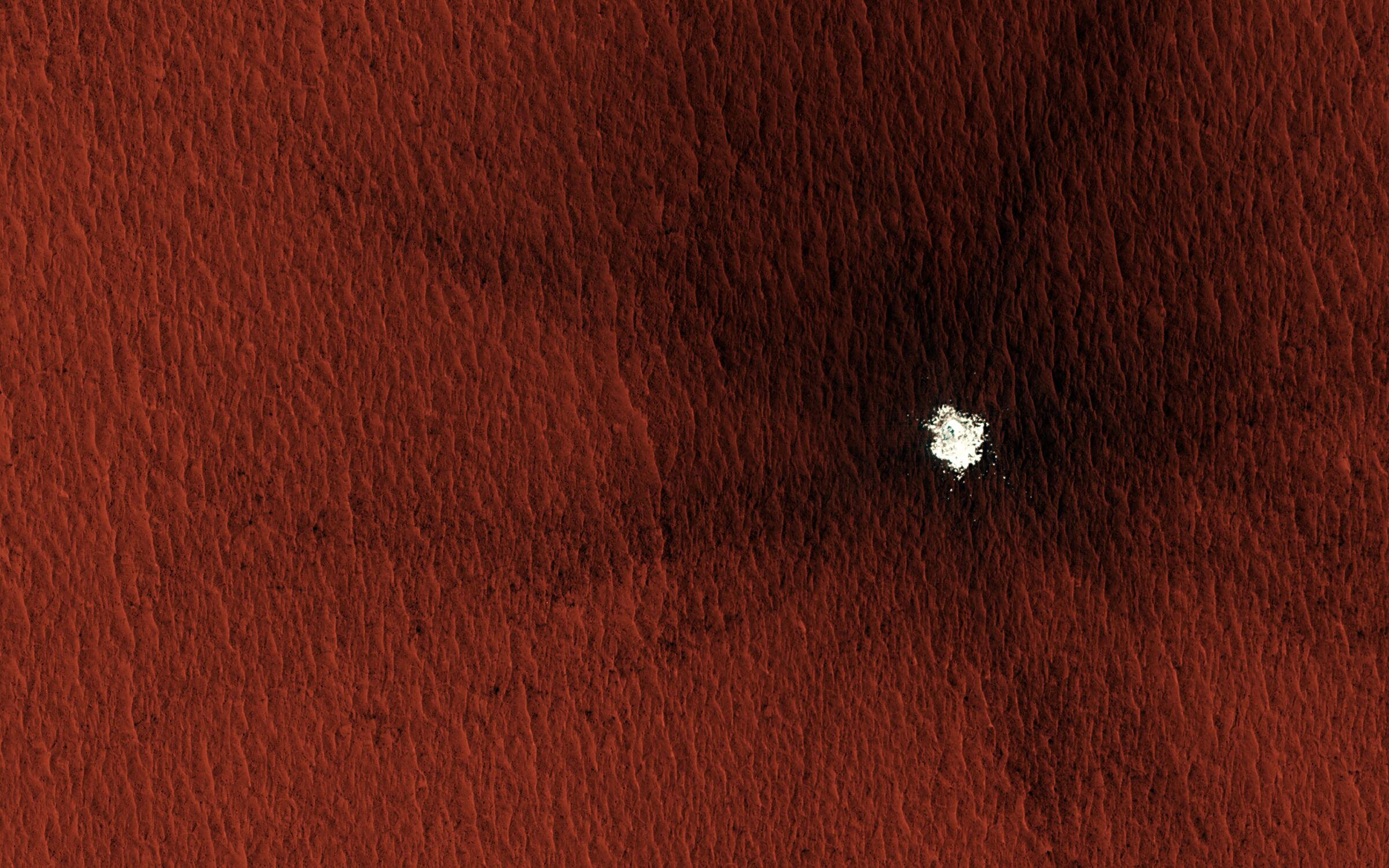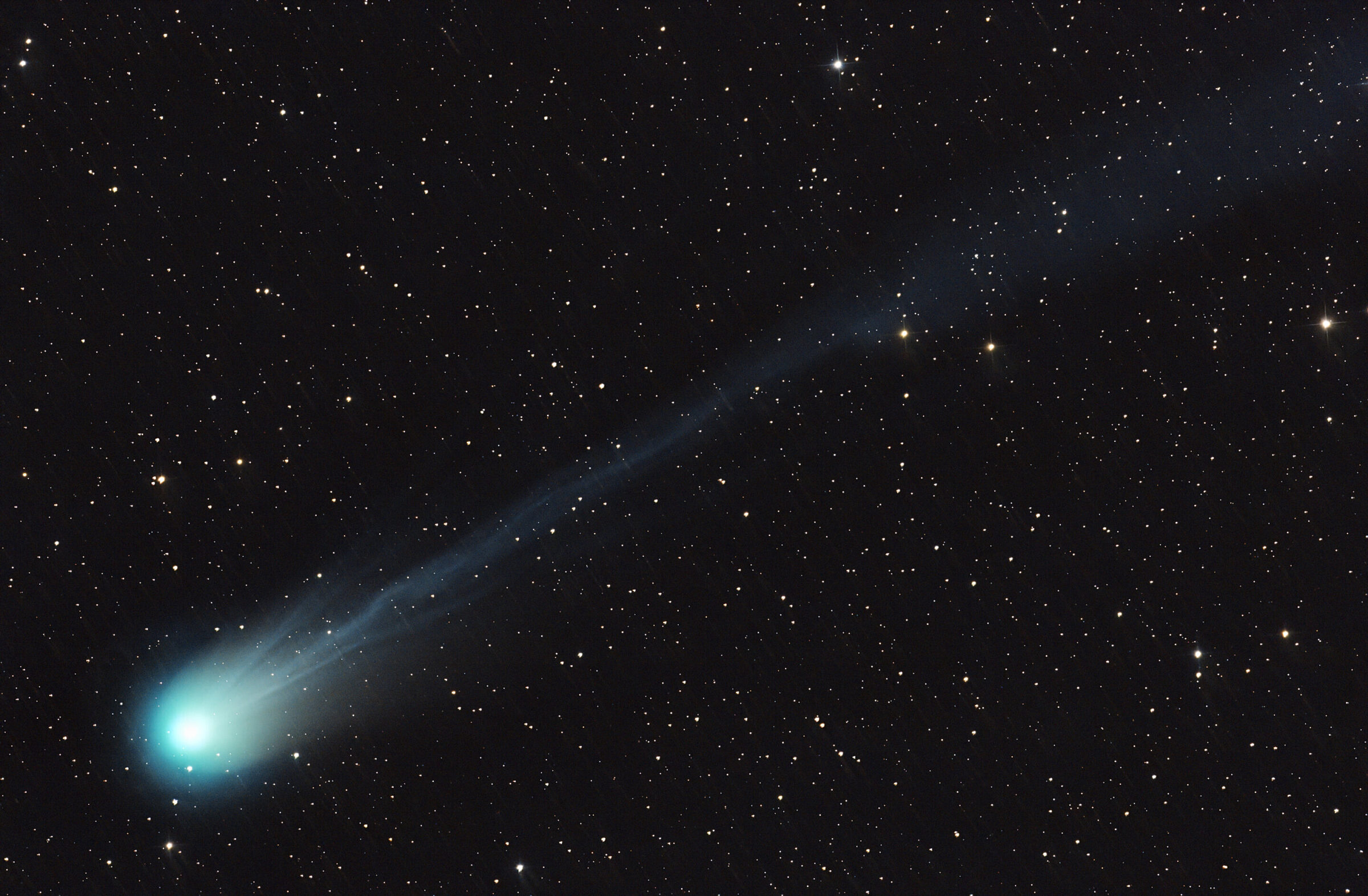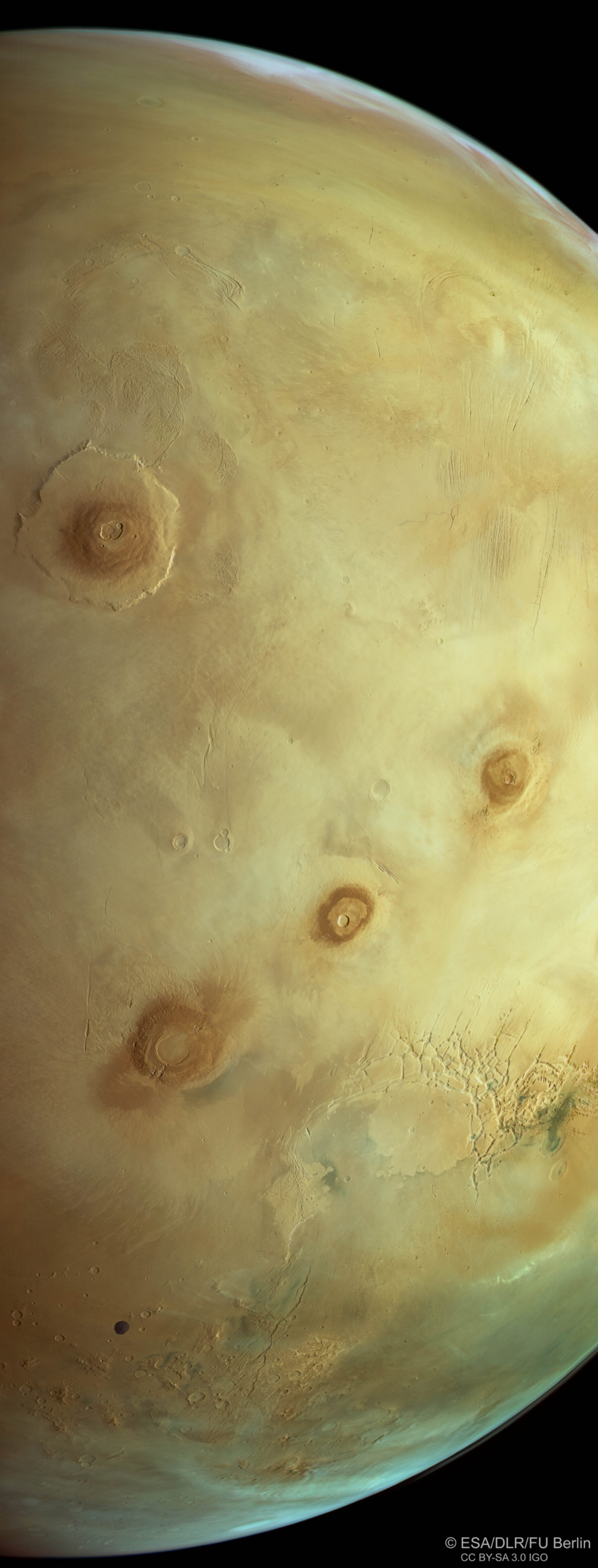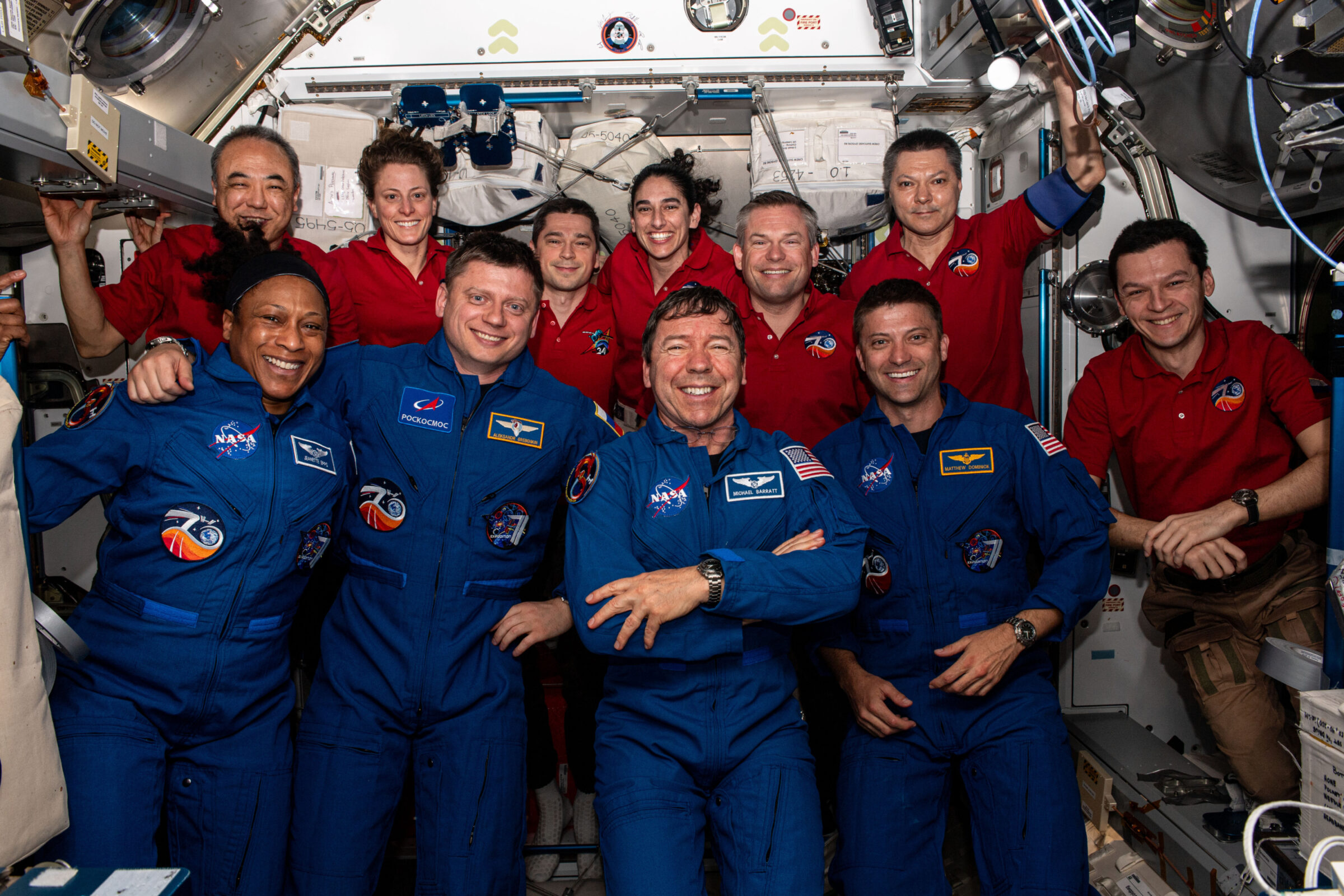All
The Bruce Murray Space Image Library is a unique collection – recent and past photos and videos from the world’s space agencies, artwork, diagrams, and amateur-processed space images. Bruce Murray, Planetary Society co-founder and emeritus director of NASA’s Jet Propulsion Laboratory, insisted that planetary missions take photos for the public as well as for scientists. Bruce literally helped change our view of the solar system.
The coolest new space pictures: March 2024
It was a busy month at the International Space Station.


 Explore Worlds
Explore Worlds Find Life
Find Life Defend Earth
Defend Earth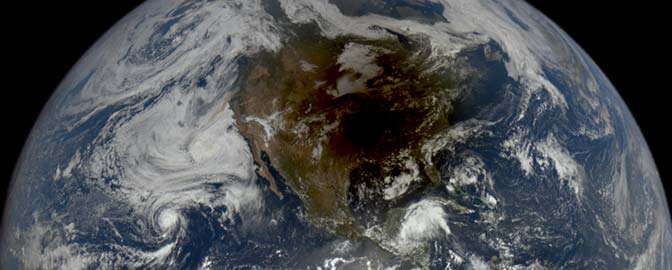


 Sun
Sun Mercury
Mercury Venus
Venus Earth
Earth Mars
Mars Jupiter
Jupiter Saturn
Saturn Uranus
Uranus Neptune
Neptune Small Bodies
Small Bodies Universe
Universe Space Tech
Space Tech

